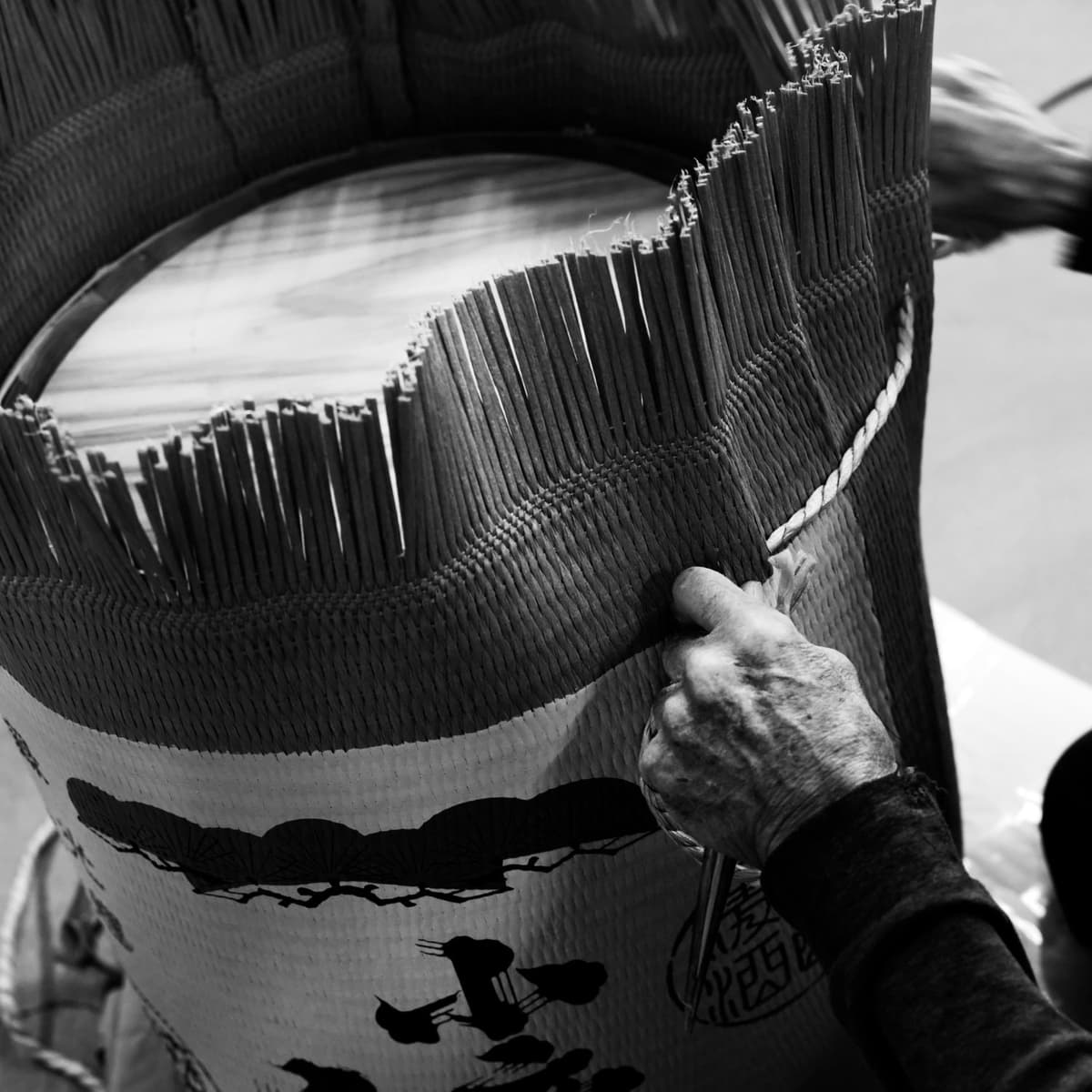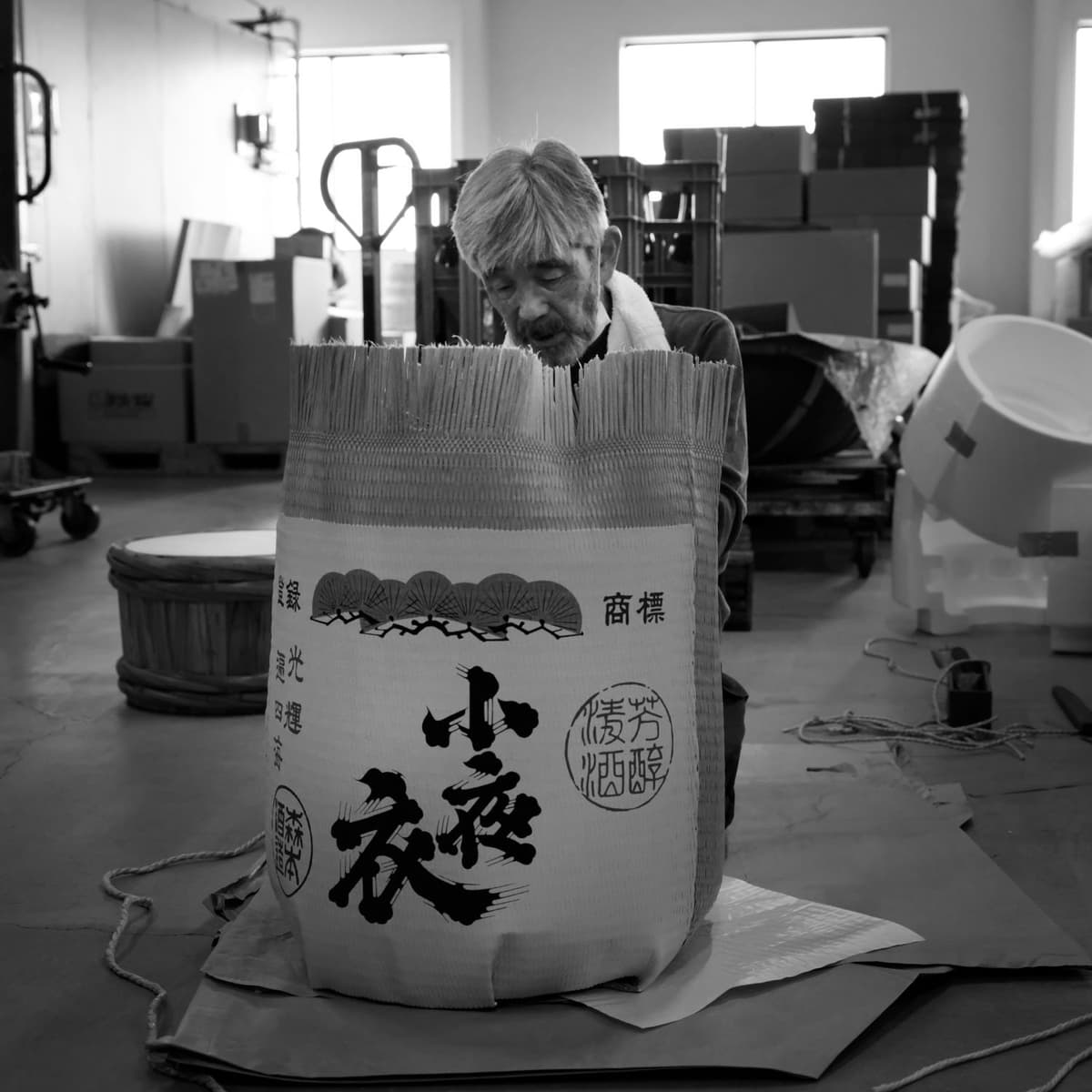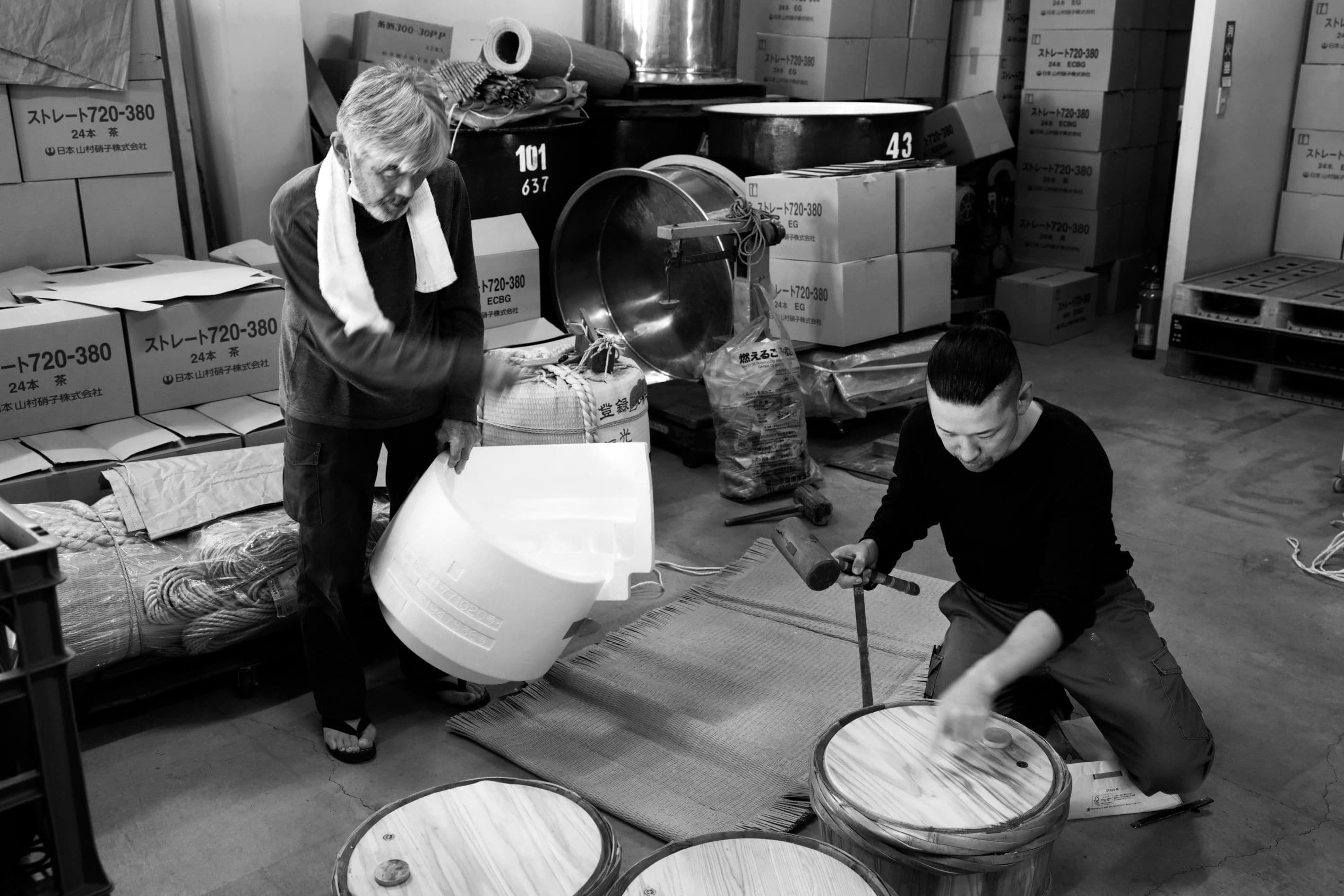Verify Your Age
To visit Measured, you must be of legal drinking age. Please verify your age before continuing.
To visit Measured, you must be of legal drinking age. Please verify your age before continuing.
By continuing you are also agreeing to our Terms of Use and Privacy Policy.
Stuck for ideas on how to use sake? It's a great vermouth replacement in martinis or negronis or an alternative to Campari or Aperol in a spritz.
 Kanji Kohanda, founder of Nomu Saketen
Kanji Kohanda, founder of Nomu Saketen
With over 2,500 years of history, sake production is steeped in tradition, something that can benefit or threaten its reputation depending on who you ask. Amongst sake nerds and older-gen drinkers, it’s a point of appeal but can also alienate younger or less informed drinkers who write it off as old-school and intimidating.
Much like whisky or certain styles of wine, there are rigid guidelines for what can be considered sake in the first place.
“If you would like to become a sake brewery, you've got very strict rules and it’s very controlled,” says Kanji Kohanda, the founder of Nomu Saketen, a Japanese sake importer introducing Shizuokan sake to Australia. “Not everyone can do it, which is a bit different to beer. All the sake breweries are authorised or have been doing it for hundreds of years.”


But also like wine, there’s a growing movement towards experimentation with new-age brewers shifting their focus from purity to originality.
Some are swapping the short-grain white Japonica rice traditionally used for sake brewing for red rice, black rice or even rare heirloom rice. Some are infusing their sake with other flavours like plum or yuzu during the brewing process. In that way, Kohanda likens the craft sake scene to gin, where the definition is loose and creativity is encouraged.
He mentions one of his favourite breweries, Sayogoromo, where the graphic designer-turned-brewer creates experimental sakes with bold, colourful labels he’s designed. Ironically, Sayogoromo operates as a sub-brand of the highly traditional Morimoto Sake Brewery, established in 1844 and run by the owner’s father – a testament to the generational shift shaking up the industry.
The two share some traditional techniques like shibori, where the fermented sake rice is pressed in small bags to release its liquid, but Sayogoromo is also incorporating some less-common practices like low-temperature fermentation to retain the drink’s floral, fruity palate.
Other brewers like Fuji no Sake, named for the Mt Fuji water they brew with, are taking notes from the greater spirit space and ageing their sake in wine or whisky barrels.
In Australia, this experimental approach is gaining traction – especially in the bar industry where it’s being paralleled to minimal intervention wine.
Sakes are also popping up on cocktail menus all over the city. Kohanda says he’s seen great demand for flavoured sakes in Australia but because it’s typically quite neutral, it works well in mixed drinks and is a great stand-in for liqueurs with an average ABV of around 15-16%. If you’re looking for inspiration, it’s a great vermouth replacement in martinis or negronis, alternative to Campari or Aperol in a spritz and complement to white rum for a lower-alc mojito.

Personally, Kohanda prefers his sake straight – sometimes warmed and sometimes chilled, depending on the style. At around the same strength as wine, it’s easy to sip and thanks to its mild flavour, it pairs well with food without competing as wine sometimes can.
“As a Japanese [person], you can eat anything with rice, right?”, says Kohanda. “Rice is a lot plainer than grapes.”
Ultimately, the best way to drink sake is up to personal preference and Kohanda is no purist. His goal through Nomu is to introduce it to a wider audience, whatever form that may take.
In the coming months, he’s planning to launch a residency in Brunswick to share his products and knowledge face-to-face. The details are yet to be confirmed but in line with demand, alternative brews like Sayogoromo will be a significant part of the discussion.
Keep up with Nomu on Instagram for updates on their residency and current range.
Sign up for a weekly email update that includes behind-the-scenes, the weekend edit and a first look at whats to come. Or join the conversation and follow us on Instagram.